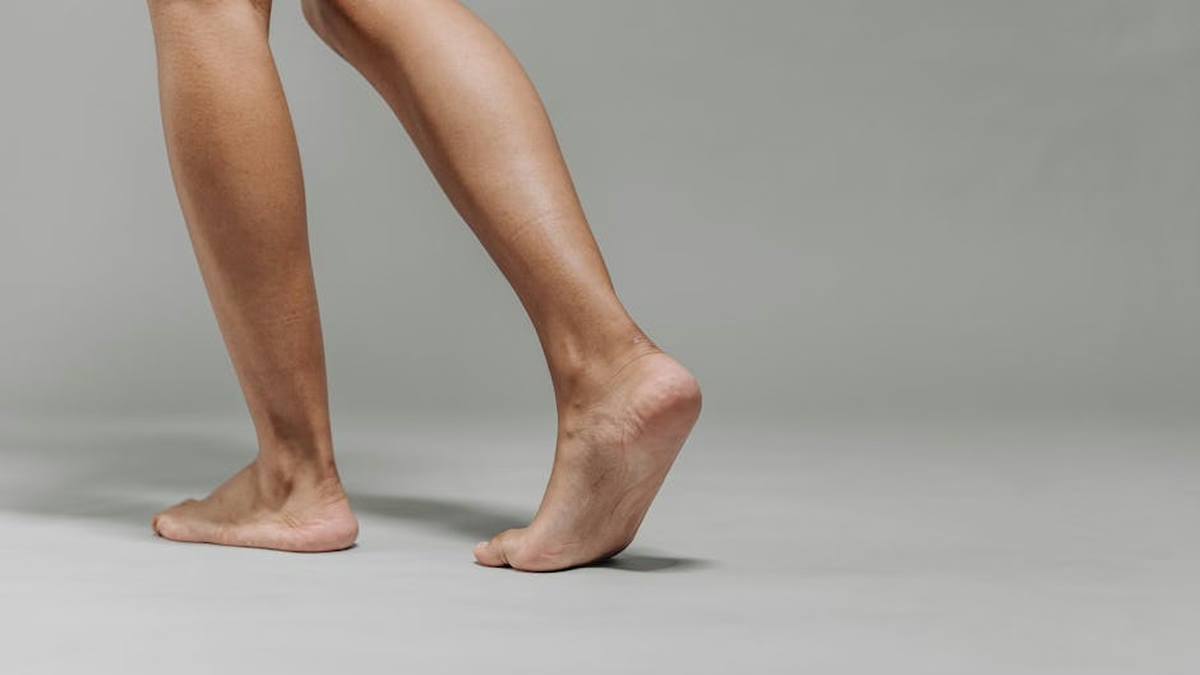Ever wondered why your skin seems to have a mind of its own? One minute it’s clear and glowing, the next it’s battling breakouts or dryness? The culprit might just be those tiny but mighty messengers running the show inside your body: hormones. They’re not just about mood swings; they’re deeply intertwined with the health and appearance of your skin, orchestrating a complex symphony of changes throughout your entire life.
Understanding the Hormonal-Skin Connection
Hormones are chemical substances produced by our bodies that regulate various functions, including skin health. They influence everything from oil production and inflammation to collagen synthesis and skin cell turnover. When these hormones fluctuate, the effects can be dramatically visible on our skin.
Think of your skin as a mirror reflecting your internal hormonal landscape. A balanced hormonal environment generally translates to healthy, radiant skin. But imbalances can lead to a range of skin issues. Let’s delve deeper into how these hormonal shifts affect us at different life stages.
Hormonal Havoc During Puberty
Ah, puberty! A time of awkward growth spurts, changing voices, and, for many, the dreaded acne. This is when hormones go into overdrive, particularly androgens like testosterone.
The Androgen Acne Connection
Androgens stimulate the sebaceous glands to produce more sebum (oil). Excess sebum, combined with dead skin cells, can clog pores, leading to blackheads, whiteheads, and inflammatory pimples. It’s a frustrating experience that can significantly impact self-esteem.
Also Read: Exfoliating Too Much? Here’s How It’s Ruining Your Face
- What You Can Do: Gentle cleansing, non-comedogenic skincare products, and, in severe cases, consulting a dermatologist for prescription treatments.
- Key Ingredients: Salicylic acid, benzoyl peroxide, and retinoids can help control oil and unclog pores.
Pregnancy: The Glow and the Gloom
Pregnancy is a rollercoaster of hormonal changes, primarily driven by estrogen and progesterone. While some women experience the famed “pregnancy glow,” others face new or worsening skin concerns.
The Pregnancy Glow Explained
The surge in estrogen during pregnancy can increase blood flow to the skin, resulting in a healthy, radiant complexion. Increased oil production can also contribute to a dewy appearance. It’s a beautiful perk of this incredible journey!
Melasma and Other Pigmentation Issues
Unfortunately, not all skin changes during pregnancy are positive. Many women develop melasma, also known as the “mask of pregnancy.” This condition causes dark patches on the face due to increased melanin production stimulated by hormones. Sun exposure can worsen melasma, so diligent sun protection is crucial.
- What You Can Do: Wear broad-spectrum sunscreen daily, even on cloudy days. Consider using gentle brightening ingredients like vitamin C and azelaic acid (after consulting with your doctor).
Menopause: The Estrogen Decline
As women approach menopause, estrogen levels plummet. This decline has a profound impact on the skin, leading to several noticeable changes.
Dryness and Thinning Skin
Estrogen plays a vital role in maintaining skin hydration and collagen production. As estrogen decreases, the skin becomes drier, thinner, and less elastic. This can lead to increased wrinkles and a loss of firmness.
Increased Sensitivity
The skin’s barrier function weakens with age and hormonal changes, making it more susceptible to irritation and sensitivity. Products that were once well-tolerated may now cause redness, itching, or stinging.
- What You Can Do: Focus on hydration with rich moisturizers containing hyaluronic acid and ceramides. Incorporate gentle, fragrance-free skincare products. Consider consulting a dermatologist about hormone replacement therapy (HRT) or other treatments to address estrogen deficiency.
- Key Ingredients: Retinoids (for collagen production), peptides, and antioxidants are beneficial.
Adult Acne: Hormonal Imbalances Beyond Puberty
Acne isn’t just for teenagers. Many adults, particularly women, experience persistent or recurring acne due to hormonal imbalances. Polycystic ovary syndrome (PCOS), a common hormonal disorder, is often associated with adult acne, as well as other hormonal fluctuations related to the menstrual cycle.
Managing Hormonal Adult Acne
Identifying the underlying hormonal cause is crucial for effective treatment. A dermatologist or endocrinologist can help diagnose hormonal imbalances and recommend appropriate therapies. These may include oral contraceptives, anti-androgen medications, or topical treatments.
- What You Can Do: Maintain a consistent skincare routine, manage stress (which can exacerbate hormonal imbalances), and consider dietary changes.
Beyond the Major Life Stages: Daily Hormonal Fluctuations
Even outside these significant life stages, our hormones fluctuate daily, impacting our skin in subtle ways. For example, cortisol, the stress hormone, can trigger breakouts and inflammation. Learning to manage stress is not just good for your mental health; it’s also beneficial for your skin! Getting enough sleep, eating a balanced diet, and practicing mindfulness can all help regulate cortisol levels.
Understanding the profound impact of hormones on our skin empowers us to make informed choices about our skincare and overall health. While we can’t completely control hormonal fluctuations, we can learn to adapt and support our skin through every stage of life. By listening to our bodies, seeking professional guidance when needed, and embracing a holistic approach to wellness, we can navigate the hormonal landscape with confidence and achieve healthy, radiant skin at any age. Remember, your skin is a reflection of your inner health, so prioritize balance and well-being from the inside out.









1 thought on “How Hormones Totally Change Your Skin Throughout Life”
Comments are closed.